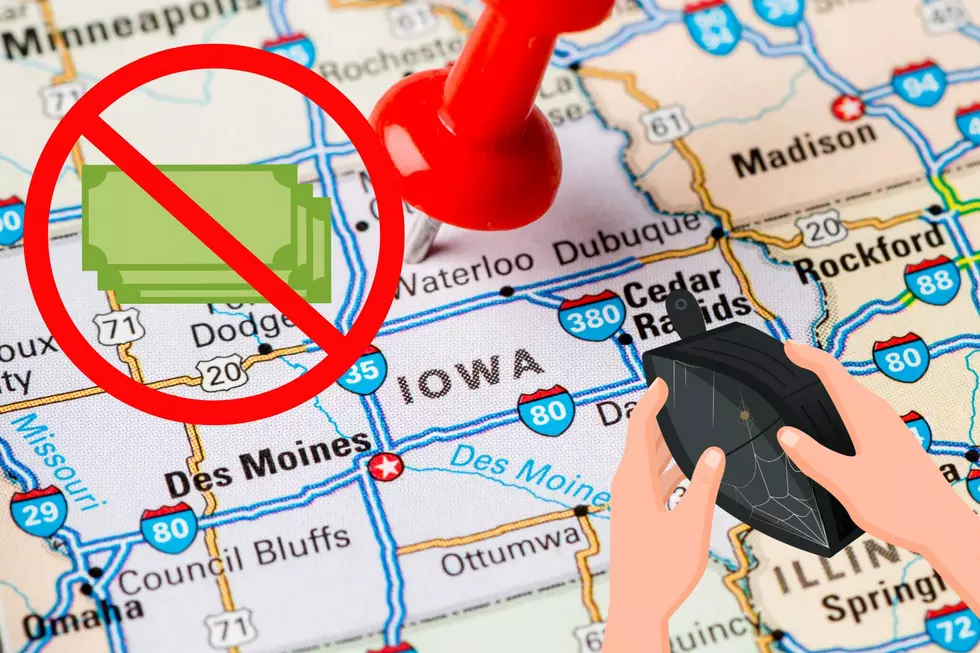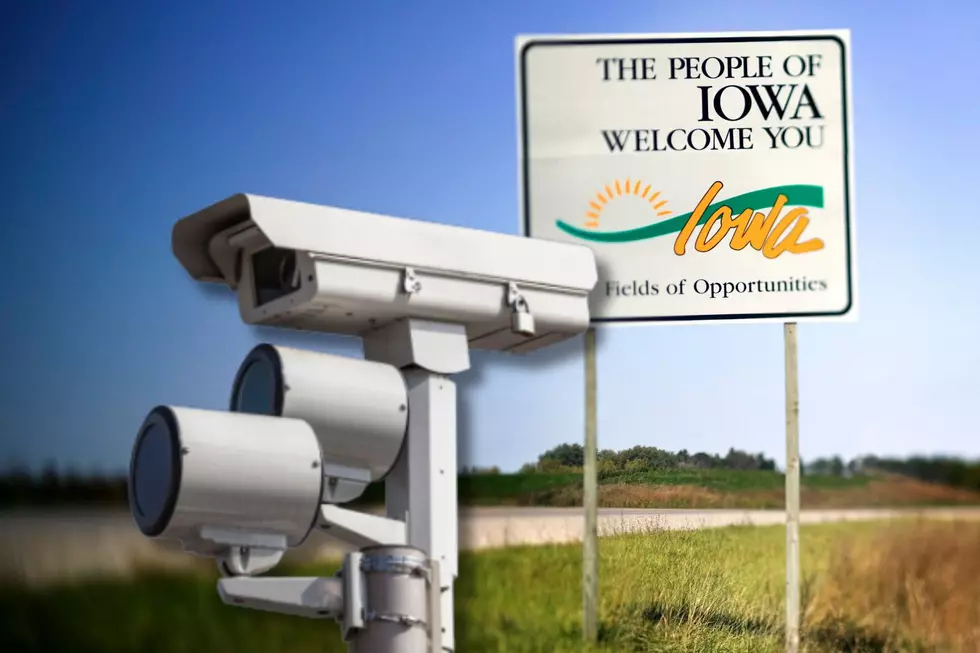
Why the Health of a Midwest Kitten Led to Huge Federal Response
*Note: The black-and-white kitten in the photograph above is not the one discussed in this story.
When a Midwest family took in a stray kitten a couple of months ago, they could never have imagined what they would encounter and that federal officials would even get involved.
It was on September 26 that Maddy Wahl and her husband Rich, of Omaha, Nebraska, would adopt a black and white kitten found in a friend's driveway. Approximately five weeks old, it weighed about two pounds. They quickly named him Stanley. In less than 48 hours, everything changed.
According to the Washington Post, the kitten quit eating. He also seemed to be having seizures and eventually stopped breathing. That's when Rich brought the kitten back to life by performing chest compressions on its tiny body. Stanley was then rushed to the veterinarian, which could have ended up being one of the most important vet visits in the area's history.
Veterinarian Sharon Mix told the Wahls the list of possibilities the kitten was dealing with was a lengthy one. She said, "We haven't had rabies in forever." Unfortunately, that's exactly what Stanley had. However, it was a type never identified in this part of the United States before.
Stanley died the next day. Tests showed the kitten had a type of raccoon rabies. It had never before been confirmed west of the Appalachian Mountains, which are in the extreme eastern U.S.
Federal officials knew that if they didn't take immediate action, the rabies variant could reach Iowa, Kansas, Minnesota, Missouri, and South Dakota within five years. Not only would that put millions of animals at risk but humans as well.
The Centers for Disease Control opened labs in trailers to see if tests showed that roadkill had the virus. Wildlife biologists, from across the nation, entered the area and began trapping and vaccinating. In 10 days, the Washington Post says they caught and vaccinated 753 raccoons and 41 skunks within the 60 miles where the kitten was found.
Another 18,000 packets of vaccine were left in areas where the U.S. Department of Agriculture knew raccoons would find them. The packets have been used for more than 25 years in the eastern part of the U.S. to control rabies in raccoons. It's worked, with confirmed rabies cases in raccoons cut in half.
Did the steps taken this fall in the Omaha area work? That won't be fully known until, probably February. Animals can develop symptoms as much as three months after contact with the virus.
In the meantime, tests continue on raccoons that are found dead. If the raccoon rabies variant had taken hold in the Omaha area, at least one percent of the raccoons tested should have tested positive. The good news is, of 250 tested thus far, not one has.
Experts say that if no other animals test positive in the area, it's likely that Stanley somehow got to Iowa from the eastern part of the U.S.
KCCI says the Wahls, and about eight other people, were either bitten or scratched by Stanley. All were vaccinated and doing well.
Why do cats have whiskers? Why do they meow? Why do they nap so much? And answers to 47 other kitty questions:
Gallery Credit: Andrew Lisa
WATCH OUT: These are the deadliest animals in the world
More From 94.1 KRNA









